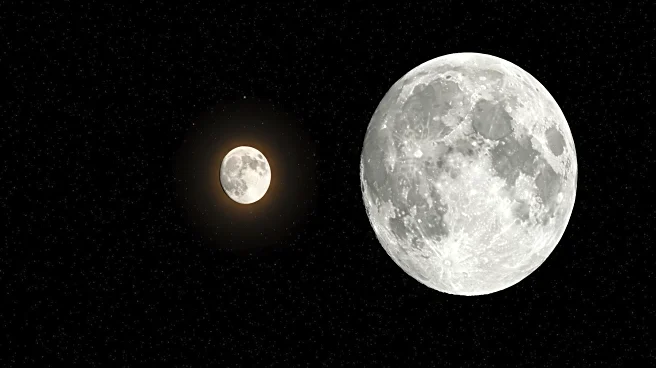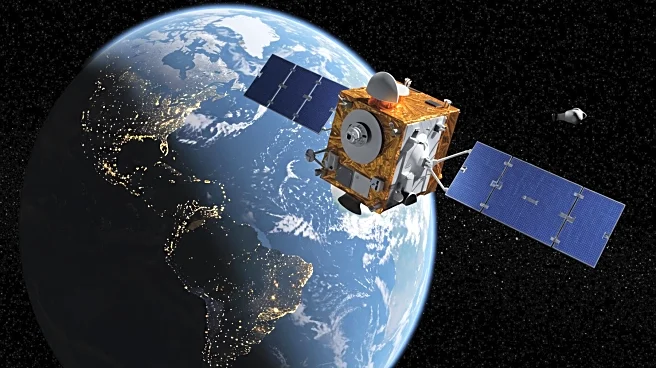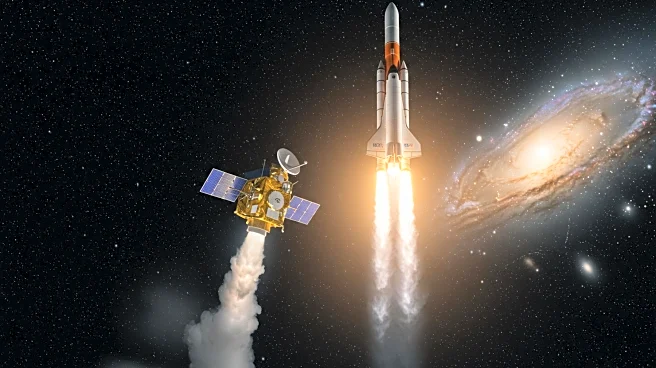What's Happening?
Researchers have developed fingernail-sized discs capable of levitating in the upper atmosphere using sunlight alone. These devices utilize photophoresis, a phenomenon where light-induced heat creates directional airflow, allowing the discs to rise. The technology, developed by Ben Schafer and colleagues at Harvard University, could enable swarms of sensors to explore the mesosphere, a region difficult to study due to its altitude and conditions.
Why It's Important?
This innovation represents a significant advancement in atmospheric research, offering a new method to study weather and climate patterns. By deploying sensors in the mesosphere, scientists can gain insights into atmospheric dynamics that are currently challenging to observe. The technology has potential applications in telecommunications and environmental monitoring, providing data that could inform climate change models and policy decisions.
What's Next?
The researchers plan to scale up the discs to carry payloads for atmospheric monitoring. The startup Rarefied Technologies aims to commercialize these devices, potentially revolutionizing how atmospheric data is collected. Continued development could lead to widespread use in scientific research and industry, enhancing understanding of Earth's upper atmosphere.











